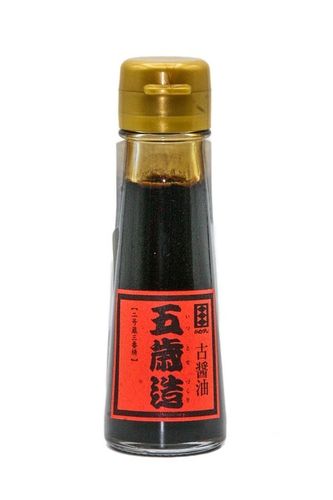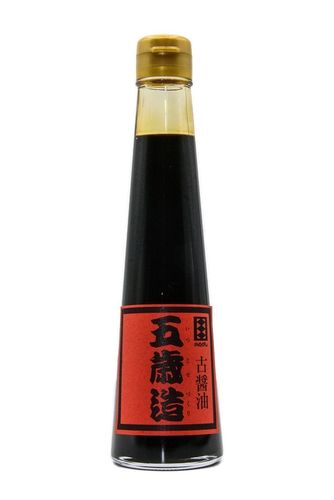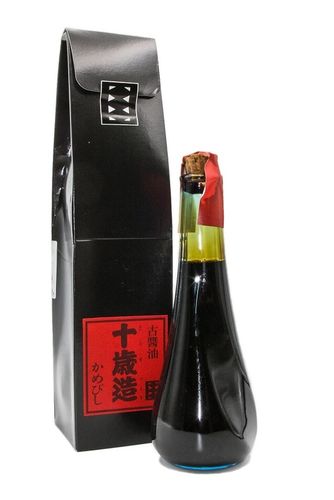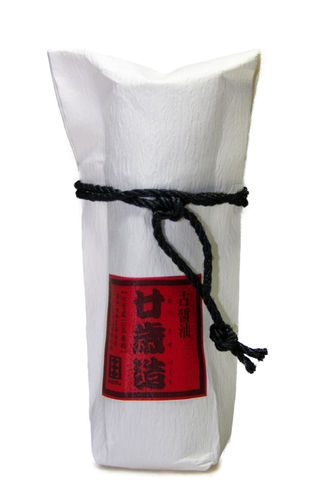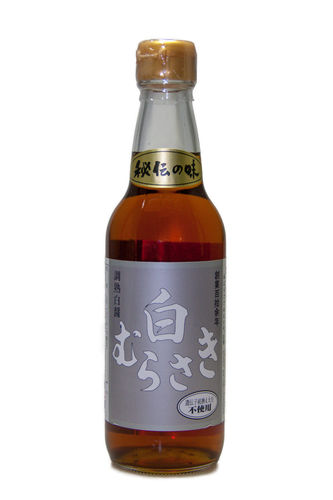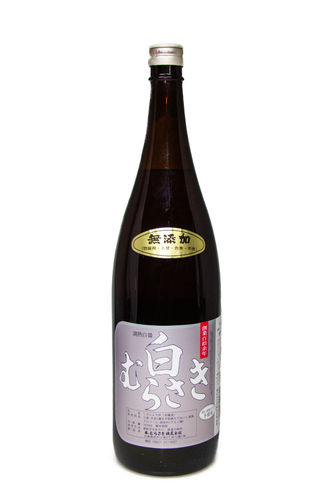Categories Food Worldwide Japanese Delicatessen Japanese Soy Sauces and Fish Sauces
Japanese Soy Sauces and Fish Sauces
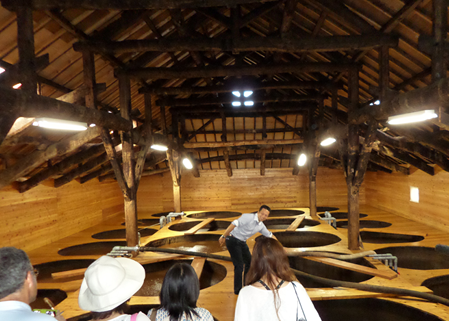
The Japanese soy sauce
... is made from soybeans, wheat, water and salt with the help of the mushroom aspergillus oryzae through fermentation. There are five main categories of soy sauce: koikuchi, usukuchi, shiro, tamari, and saishikomi. They differ in terms of ingredients through their proportion of wheat and soybeans and the brewing method:
-
1.KOIKUCHI JAPANESE SOY SAUCE (koikuchi shoyu)
... is the most widespread soy sauce in Japan with a dark brown color and lots of umami and taste. It is made from wheat and soybeans. Well-known brands are e.g. Kikkoman and Yamasa.
-
2.USUKUCHI JAPANESE SOY SAUCE (usukuchi shoyu)
... is a little lighter in color and milder in taste. The salt is less integrated and is therefore more prominent than with Koikuchi soy sauce. Their basic ingredients are also wheat and soybeans.
-
3. SHIRO JAPANESE SOY SAUCE (shiro shoyu)
... is mainly produced from wheat and only a small amount of soybeans. It is very light in color and is therefore often used as an ingredient where umami is added, but the color of the dish (such as sashimi) should not be too dark. It is therefore very suitable as an ingredient in European dishes, which are given more complexity by the umami without immediately taking on a typically Japanese note. It is also marketed under the name of white soy sauce.
-
4. TAMARI JAPANESE SOY SAUCE
... is mainly made from soybeans without wheat. It is very dark and has a very strong aroma. If it doesn't contain any wheat at all, it's gluten-free.
-
5. SAISHIKOMI JAPANESE SOY SAUCE
... is a double-brewed soy sauce. The basis is a ready-made (Koikuchi) soy sauce in which the same ingredients are brewed again. The fermentation time is therefore longer overall than with the other simply brewed soy sauces. The flavor of Saishikomi soy sauces is very complex.
How much umami do the various Japanese soy sauces have?
Umami is created by the breakdown of proteins into amino acids in the course of fermentation. The strongest umami component in soy sauces is the amino acid called glutamate. Their proportion varies with the different soy sauces.
| White soy sauce | approx. 460 mg / 100 g |
| Usukuchi | approx. 730 mg / 100 g |
| Saishikomi | 890 mg / 100 g |
| Koikuchi | 980-1680 mg / 100 g |
| Tamari | 1720 mg / 100 g |
Source: Umamiinfo.com
Examples from our range:
White soy sauce: JPFC103, JPFC104, JPFC105, JPFC106, JPHM1, JPHM2
Saishikomi: JPJFC011 Double Fermented Soy Sauce
Koikuchi: JPU180, JPU179 soy sauces Ohitachi, JPU177 soy sauce unpasteurized, JPA010, JPA008, JPA009 Yamasa soy sauces, JPKIK01, JPKIK02, JPKIK03, JPC069, JPAS40144 Kikkoman soy sauces
Tamari: JPB0028 Sekigahara Tamari Soy Sauce (Shoyu), JPB001 Morita Soy Sauce Tamari gluten-free
Note: The umami values given are averages and have not been analyzed or calculated for the individual soy sauces offered.
What's the best soy sauce?
There is no such thing as the best Japanese soy sauce in and of itself. The choice depends on the one hand on personal taste and on the other hand on what the soy sauce is to be used for. In Japan, too, the tastes in the regions are very different. The soy sauces in the various categories have their origins in different regions and are preferred in their homeland. In the south of Japan, in Kyushu, sweet soy sauces are particularly popular.
Which soy sauce to use for what?
The stronger the taste and the more umami a soy sauce has, the greater the contrast to the dish for which it is to be used. For dishes in which the taste of the (rather few) other ingredients should remain in the foreground, a light Japanese soy sauce with less umami - such as a white soy sauce - is the right choice. For dishes with many ingredients and many spices, a strong Japanese soy sauce Koikuchi with lots of umami is recommended. Examples:
- Use of Japanese soy sauces with a light taste and less umami: sashimi, carpaccio, tartare and all recipes in which the soy sauce should not "taste right through".
- Use of Japanese soy sauces with a strong taste and lots of umami: wok dishes, noodle dishes and everything that the soy sauce should give the right "kick" for.
| 31 - 39 of 39 results |
|














